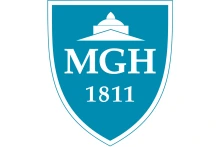Telemedicine Through the Years
1968
Dr. Ronald Weinstein, founding director of the Arizona Telemedicine Program, participates in pioneering multi-service clinical telemedicine services as a Massachusetts General Hospital resident physician in Boston.
1971-75
NASA-funded project known as STARPAHC partners with Indian Health Service on the Tohono O’odham Nation, near Tucson, for a “terrestrial telemedicine program” that leverages knowledge acquired from clinical investigations of space medicine.
1979
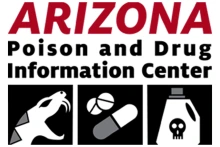
Arizona Poison and Drug Information Center begins providing telemedicine services with telephone-based program to answer questions from patients and providers throughout state.
1986
While pathology chair at Chicago’s Rush Medical College, Dr. Weinstein invents, patents and publishes on robotic telepathology, performing the first public demonstration of satellite-enabled robotic telepathology as well.
1990
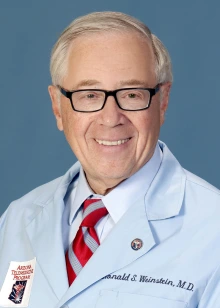
Dr. Weinstein joins the College of Medicine – Tucson as chair of pathology.
1993
Dr. Weinstein and State Rep. Robert “Bob” Burns begin collaborating to revive and revamp earlier in-state telemedicine efforts to broaden reach of critical telehealth services to rural and tribal areas.
1996
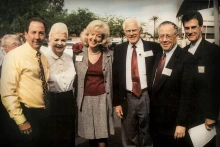
Arizona Legislature funds launch of the Arizona Telemedicine Program (ATP) at UArizona Health Sciences, with Dr. Weinstein as director and overseen by the Arizona Telemedicine Council, which former state representative Burns still co-chairs.
1997
ATP launches telehealth service for Arizona state correctional facility prisoners and creates national conference to inform others on how to deploy and manage similar services.
1999

ATP enters into decade-long collaboration with Yuma Proving Grounds and U.S. Department of Defense for a military-related remote telehealth program. This later expands into a national Panama telemedicine demonstration project, with ATP partnering with the University of Panama to create a university-based telemedicine program that includes an international conference involving 11 countries.
2001-11
Dr. Weinstein serves as principal architect for the National Panamanian Telehealth Network.
2003
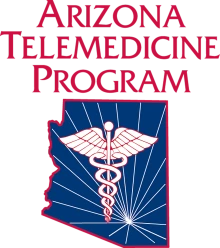
Dr. Weinstein serves as American Telemedicine Association president, and UArizona establishes the T-Health Institute as an ATP division on the Phoenix Biomedical Campus with Dr. Weinstein as executive director.
2009

Southwest Telehealth Resource Center (SWTRC) launches as a five-state federally funded ATP subsidiary, one of 12 regional centers nationally to assist start-up and existing telehealth programs with technical training and other support. Dr. Weinstein is principal investigator for SWTRC.
2011
ATP expands its live interactive distance education portfolio with webinars. ATP and SWTRC webinars feature subject matter experts presenting relevant and timely telemedicine, telehealth and health care topics.
2013
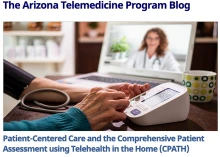
ATP launches the ATP blog and the SWTRC blog. Each of these regularly published blogs offers pertinent information and unique stories about telemedicine, telehealth, and healthcare topics.
2014

ATP helps create and support the Northern Arizona Telehealth Alliance, which now has 40 health care organization (HCO) members.
2014

ATP and SWTRC launch National Telemedicine & Telehealth Service Provider Directory, a resource for hospital and health care administrators and other decision-makers who want to expand or improve their health care services to their patients, employees and clients. The directory lists companies providing medical specialty (cardiology, neurology, rheumatology, psychiatry) and ancillary services (such as patient education, language interpretation, etc.) through telemedicine to health care providers such as hospitals, clinics, nursing homes, private practices and urgent care centers.
2019

ATP helps create and support the Southern Arizona Telehealth Alliance with its 32 HCO members.
2020
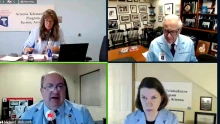
COVID-19 stay-at-home social distancing mandates prompt ATP to ramp up SWTRC training on setup and best practices for telemedicine programs, later funded by a $828,000 federal grant. ATP also hosts People's Grand Rounds to educate public on the deadly novel coronavirus.


